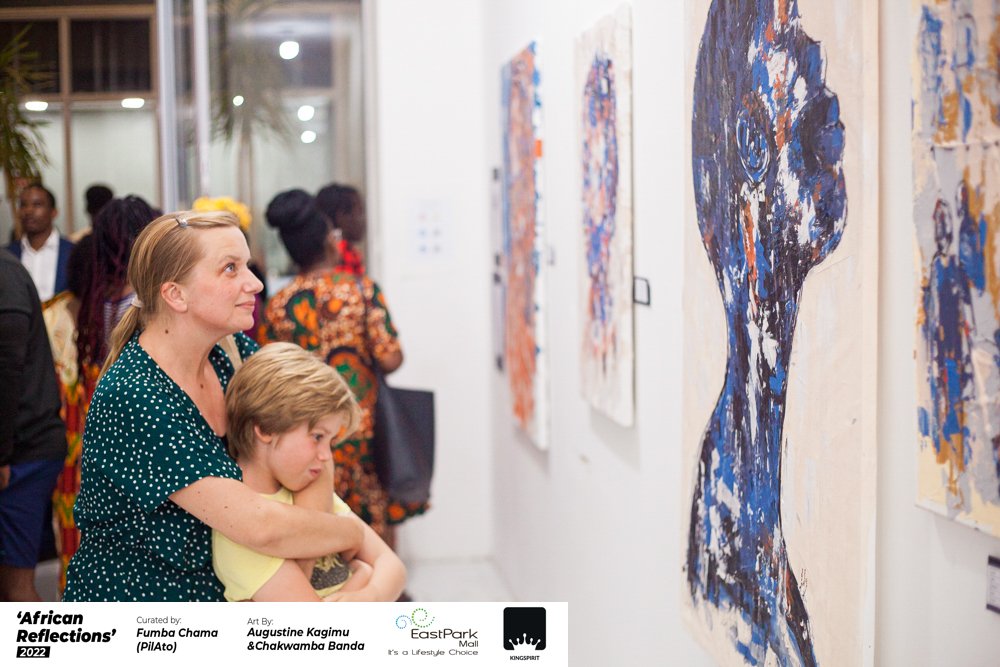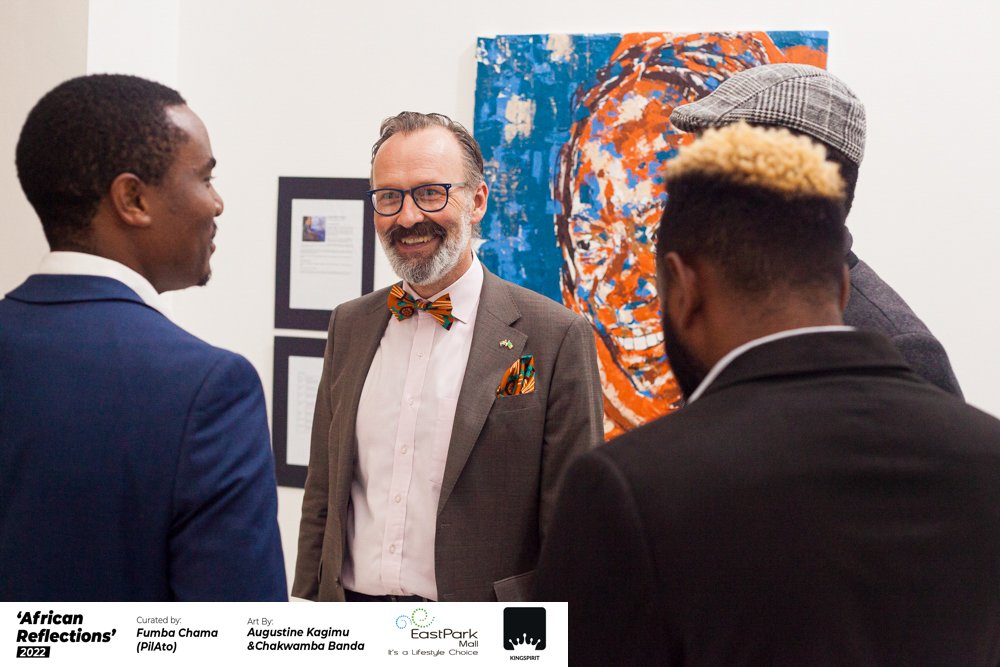How To Have An Art Exhibition By Augustine Kagimu
Art exhibitions are a crucial aspect of the art world, serving as a platform for artists to showcase their work and connect with their audience. However, organizing an art exhibition can be a challenging task, requiring careful planning and attention to detail. In this critical article, we will examine some of the key considerations for organizing a successful art exhibition.
The first and perhaps most important consideration for organizing an art exhibition is the selection of artwork. The artwork displayed should be of high quality, relevant to the theme of the exhibition, and diverse in nature. The selection process should involve a panel of experts in the relevant field, who can evaluate the artwork objectively and provide constructive feedback to the artists.
In addition to the artwork, the venue is another crucial aspect of an art exhibition. The venue should be carefully chosen based on its location, accessibility, size, and lighting. The layout and design of the space should also be taken into consideration, with the goal of creating an aesthetically pleasing environment that enhances the artwork being displayed.


Another key aspect of organizing an art exhibition is marketing and promotion. This includes creating promotional materials such as flyers, posters, and press releases, as well as utilizing social media and other online platforms to reach a wider audience. It is also important to establish relationships with the media, art critics, and other influencers in the art world, who can help promote the exhibition.

Logistics and planning are also important considerations when organizing an art exhibition. This includes managing the transportation of the artwork, ensuring that the exhibition space is properly equipped with necessary amenities such as lighting and security, and coordinating with artists and other stakeholders to ensure that everything runs smoothly.
Finally, it is important to consider the audience for the exhibition. This includes identifying the target audience and tailoring the exhibition to their interests and preferences. It also involves creating opportunities for interaction and engagement, such as artist talks, workshops, and guided tours.
In conclusion, organizing an art exhibition is a complex process that requires careful consideration of multiple factors. From selecting high-quality artwork to choosing an appropriate venue, marketing the exhibition, managing logistics, and engaging the audience, every step should be carefully planned and executed to ensure a successful event. With the right planning and execution, an art exhibition can be a transformative experience for both artists and audiences alike.

